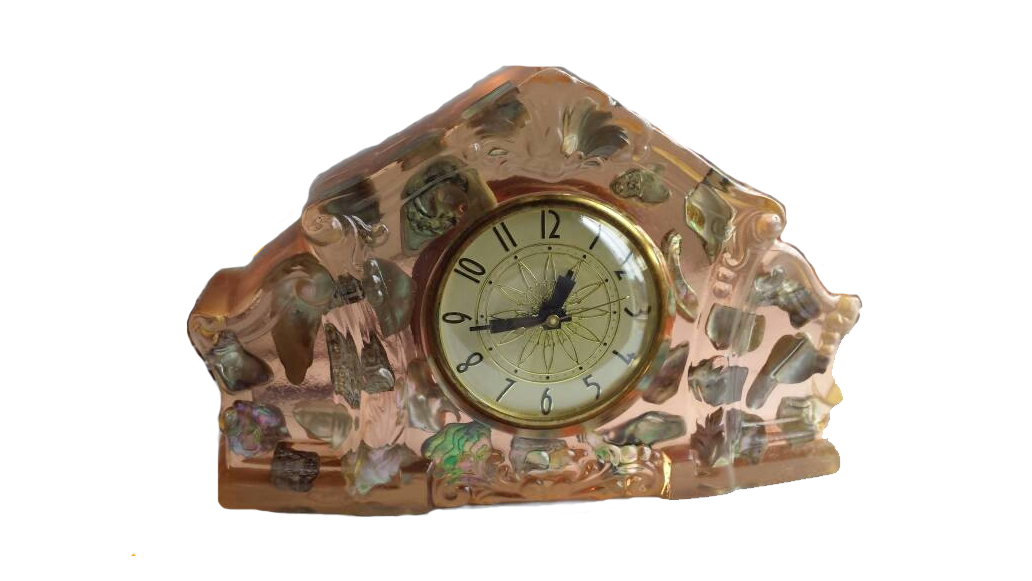Lucite, one of the trade names for the chemical compound polymethyl methacrylate, also known as acrylic, acrylic glass, or plexiglass, is a fascinating material used in a startling variety of ways. The compound is a transparent thermoplastic that is used as an alternative to glass, and it was popularized during the second World War. The material has a variety of applications including signs, roof windows, sales displays, lenses, screens, and fashion accessories.
Timeline
- 1873: Acrylic acid was founded and scientists all over the world were eager to find practical and military applications for it.
- 1933: Around the same time, German chemists Otto Rohm and Otto Haas tried to make safety glass by polymerizing methyl methacrylate between two layers of glass, and the polymer ended up separating from the glass as an acrylic sheet. They trademarked the material as Plexiglas.
- 1934: Polymethyl methacrylate was discovered by British chemists Rowland Hill and John Crawford at the Imperial Chemical Industries (ICI), and it was trademarked as Perspex.
- Late 1930s: Both Perspex and Plexiglas were commercialized.
- 1936: ICI Acrylics (now Lucite International) began the first commercial production of acrylic safety glass.
- 1937: The Dupont Company, formally known as E.I. du Pont de Nemours & Company, released their own version of the material called Lucite in the United States.
- 1940-1945: During World War II, polymethyl methacrylate was used in many ways by both Allied and Axis forces. It was used for submarine periscopes, aircraft windshields, aircraft canopies, and gun turrets. One of its most notable uses was in the glass canopies of Spitfire planes. By replacing the glass with acrylic, there were fewer harmful injuries to pilots in the case of a crash.
- 1960’s and 1970’s: Polymethyl methacrylate was used to make acrylic baths which helped transform living standards.
- 2011: Lucite International was a winning team for the R&D 100 Award for work to revolutionize the safety of offshore oil extraction.
Currently, Lucite International is the global leader in the manufacture and sale of polymethyl methacrylate products. Currently, its most notable uses include:
- Transparent glass substitute: aquariums, submarine windows, automobile headlight lenses, ceiling/roofs
- Daylight redirection (skylights)
- Medical technologies and implants: eyeglass lenses, etc
- Dentistry uses: acrylic prosthetic construction and artificial teeth
- Artistic and aesthetic uses: acrylic paint, modern furniture, picture frames, sculptures and glass art, jewelry
And, of course, one of the most attractive uses of Lucite is for vomit clocks and other resin art!

